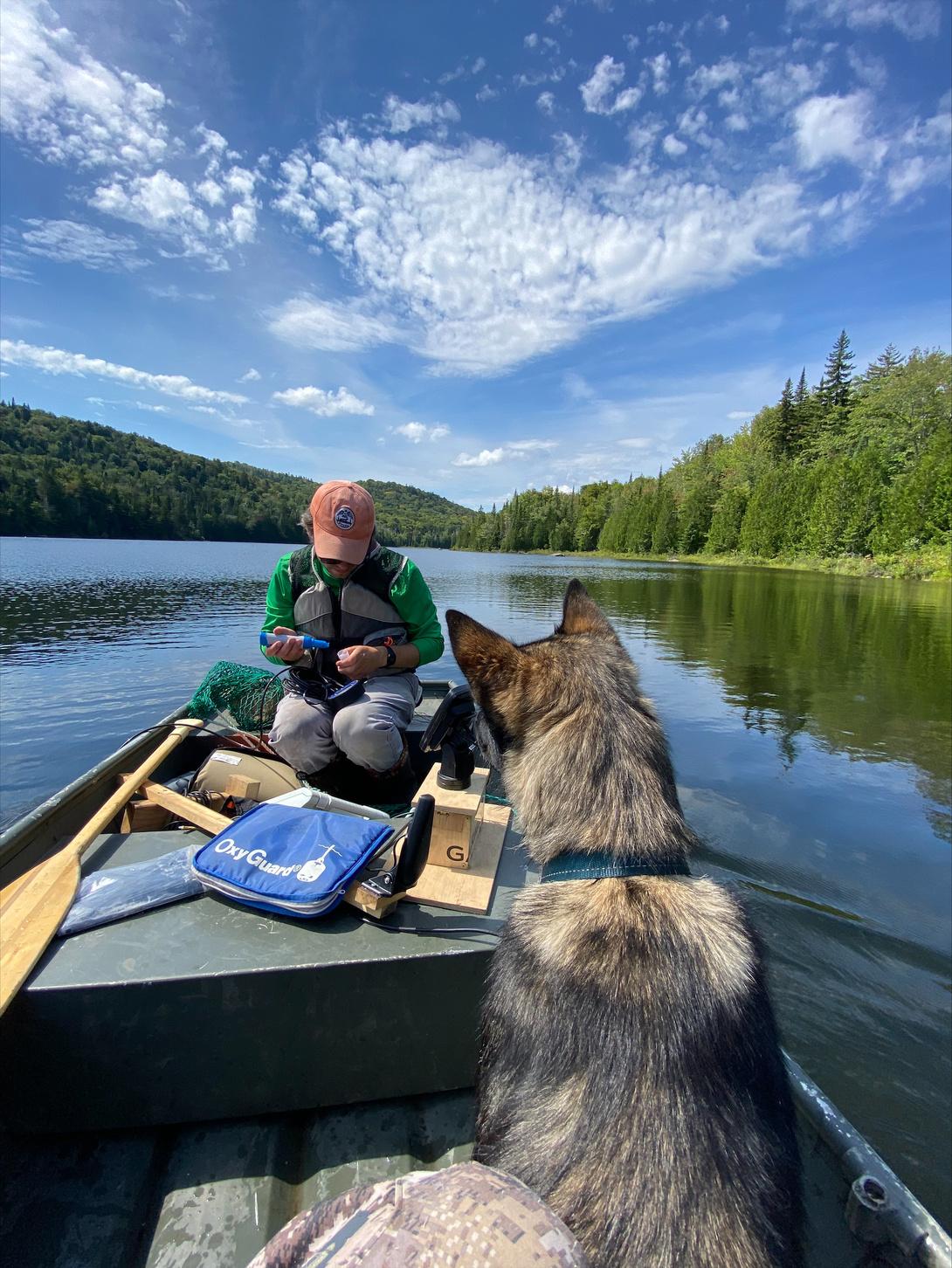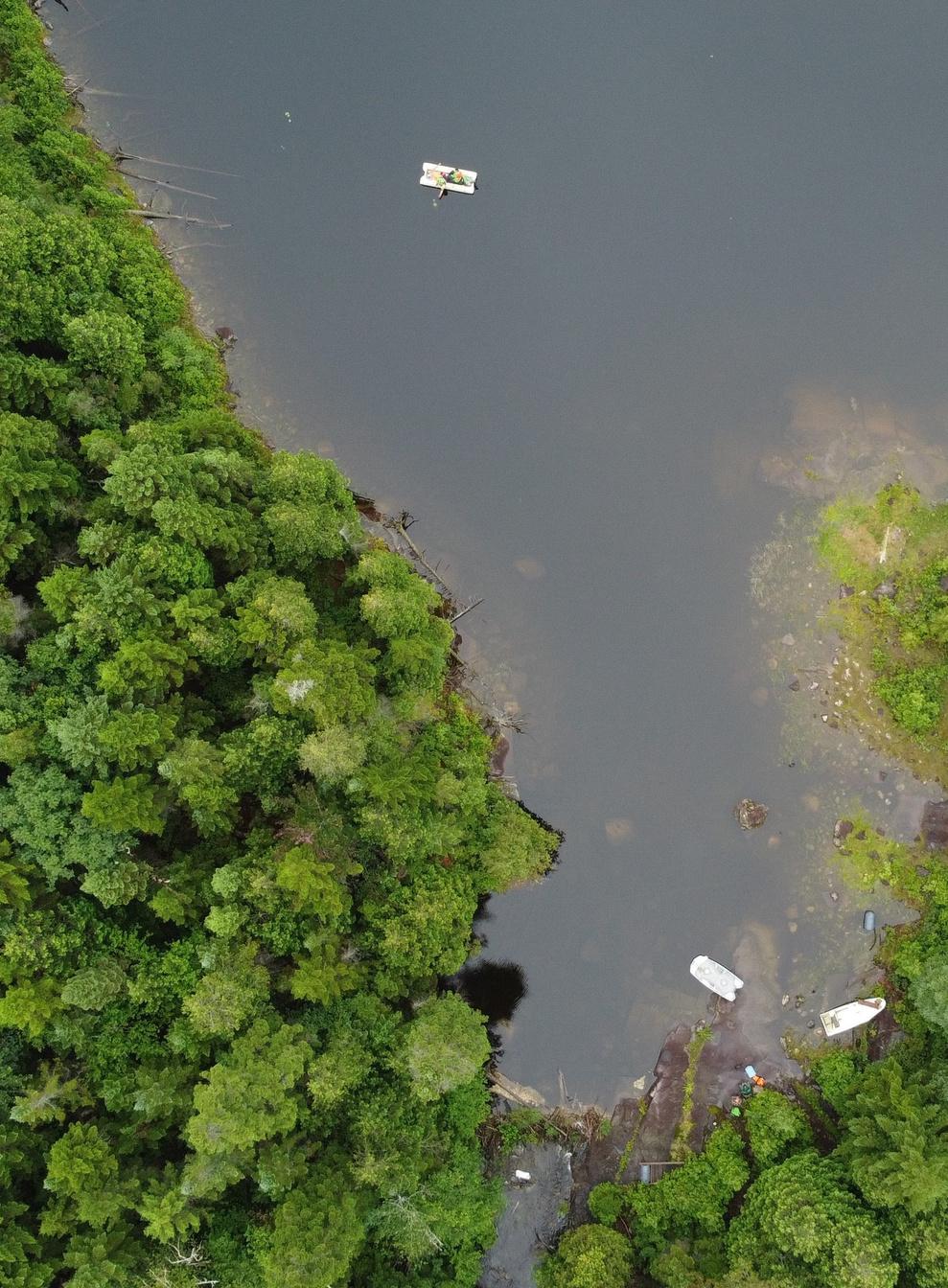
1 minute read
Tioweró:ton
by kepo-mck
Brook Trout Conservation Strategy

Advertisement
by Brandon Rice, Project Support Technician
KEPO has continued work on the Tioweró:ton Brook Trout Conservation Strategy during the summer of 2022. We worked to assess tiotià:kton (brook trout) growth rates and the seasonal and climate change-related trends in temperature and water depth in the territory Both approaches will help us better understand the overall health of the tiotià:kton populations in Tioweró:ton
Our first step was to work directly with the local fishers in the territory to collect trout growth rate data Fast growing fish are usually found in healthy populations, while slow fish growth indicates stress on the population We are working with five local fishermen to collect length data and ageing structures (fins and inner ear bones – otoliths) from harvested trout since June To protect fishing knowledge and privacy, KEPO will not share catch details but will share summarized growth data once fish ages have been determined from lab examination of fins and otoliths We have chosen this approach because it makes further use of fish already being harvested for sustenance and puts no additional stress on trout populations
Our second project was to better understand the habitat in which the trout are living. Trout need cool and clean water to thrive - conditions that are threatened by climate change and other human disturbances. Changes in lake water levels like those reported by the Caretakers and others (resulting from flooding and beaver dam breakages) could also affect temperature. In August, we successfully deployed two data logging stations each in Red Trout Lake, Gagnon, Little Gagnon, John and Little John. Each station has small sensors that record temperature and depth to monitor these variables every hour over the year. We look forward to sharing preliminary data with you in our next update! This project will continue to provide information on climate change impacts in these lakes for years to come.








